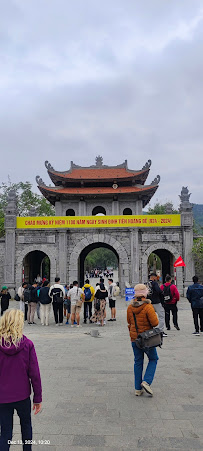Hoi An Weather by Region: Best Time to Travel & Explore
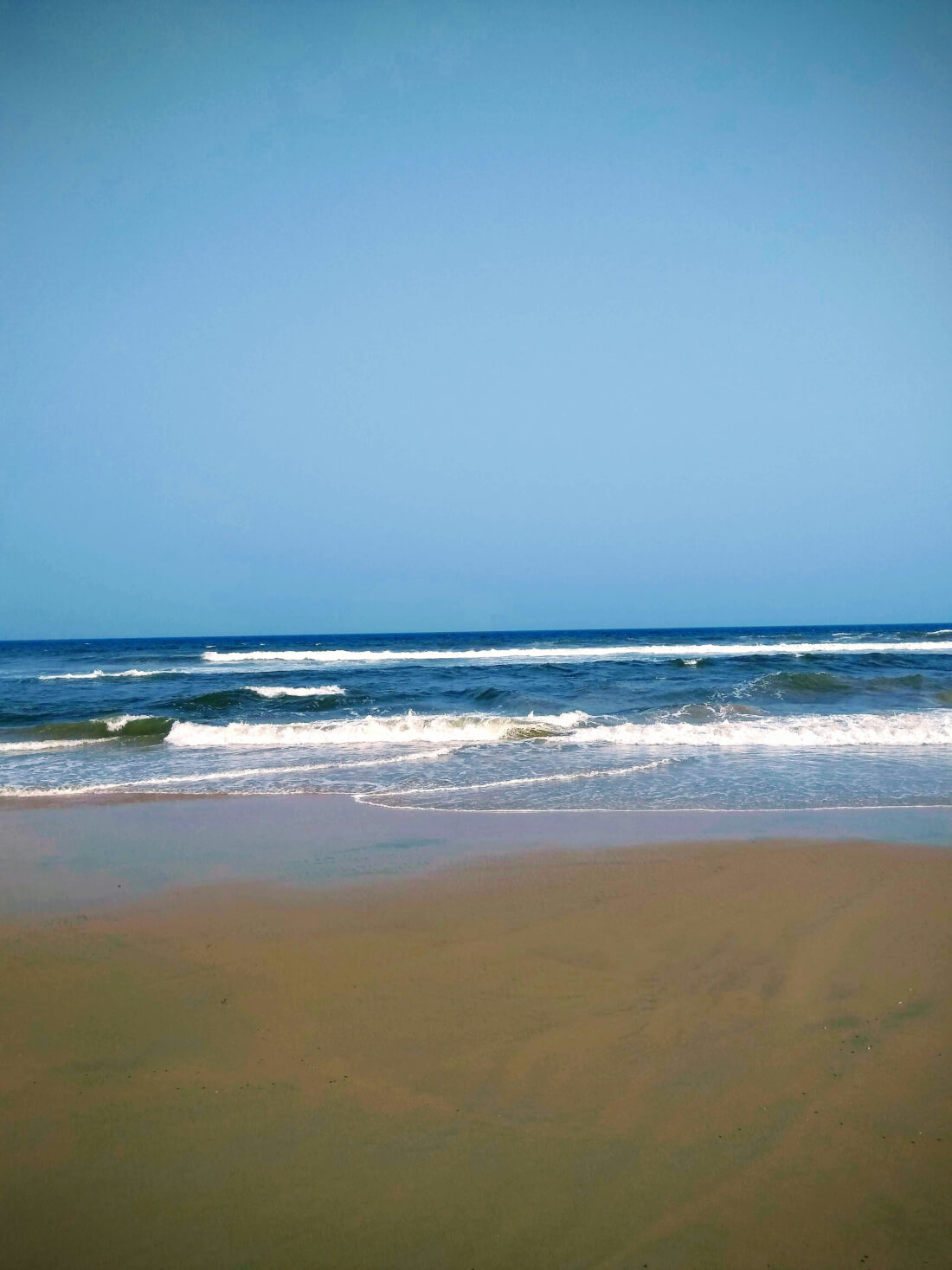
The greatest time to explore Hoi An's beaches is during the dry season, which runs from March to August. Clear skies, a tranquil sea, and plenty of sunshine make this time of year ideal for swimming, tanning, and water sports. Usually peaceful from...
Read more..
Hoi An’s famous Ancient Town, with its preserved architecture and lantern-lit charm, is a year-round destination. However, your experience will differ depending on the season. From February to May, mild temperatures and dry days create ideal condit...
Read more..
Rice paddies, traditional farming villages, and water coconut trees may be found west of Hoi An; these areas are perfect for eco-experiences, cooking classes, and bicycle trips. The dry season, especially from March to May, is the ideal time to exp...
Read more..Month-by-Month Weather Guide
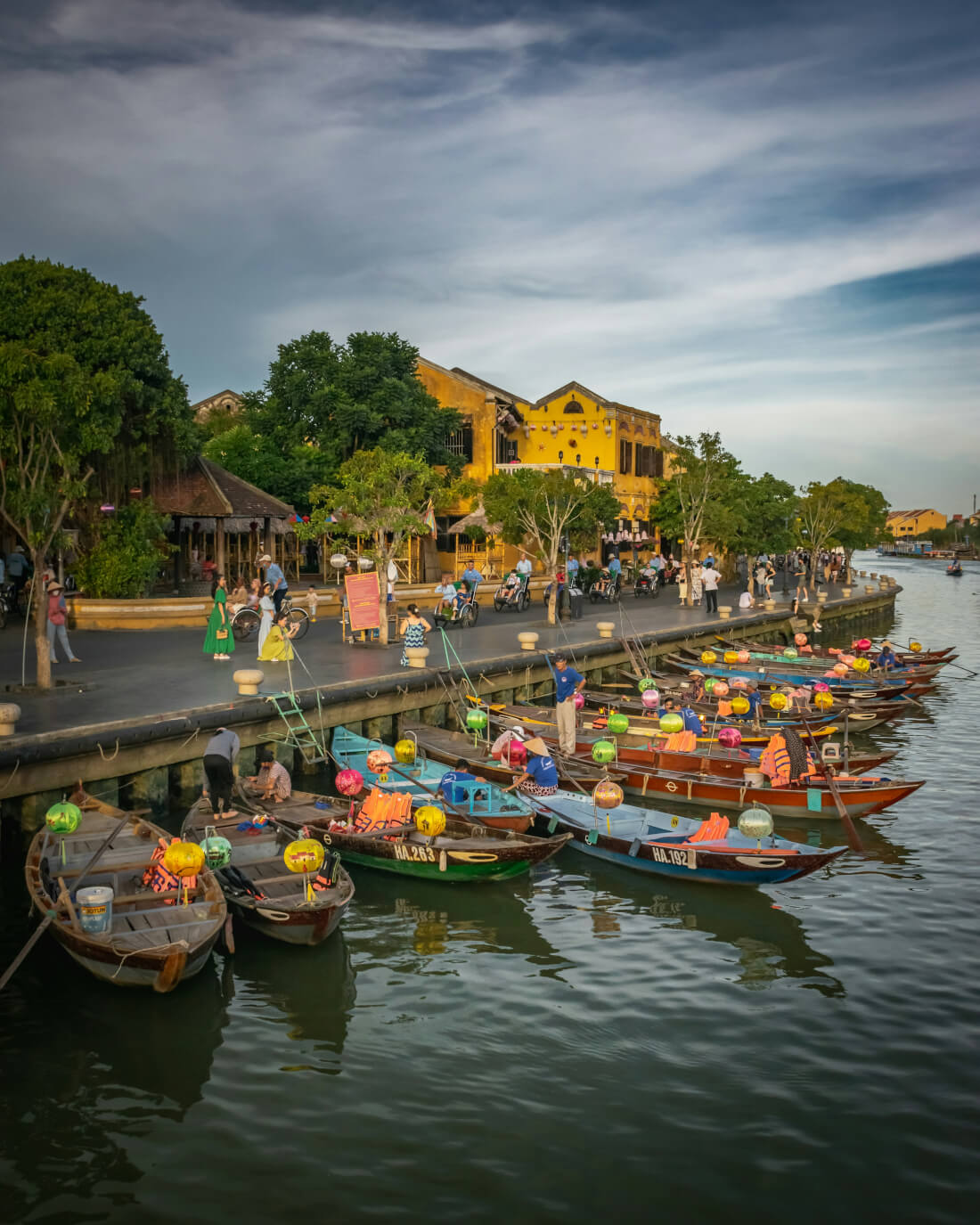
- General weather overview
The wet season comes to an end in January. You can anticipate moderate temperatures, with highs of about 25°C and lows of about 19°C. There are roughly 5 to 13 rainy days and 92 mm o...
Read more..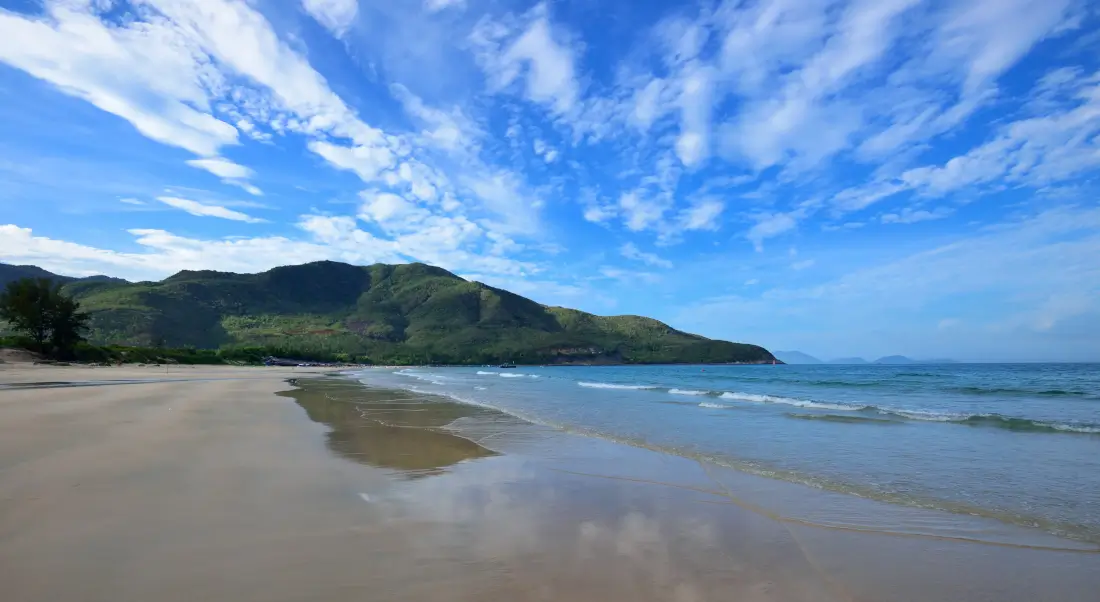
- General weather overview
The dry season begins in February. The temperature rises marginally to a high of roughly 26°C and a low of about 20°C. Over about four to six wet days, the amount of rainfall decreas...
Read more..
General weather overview:
The dry pattern continues in March. Lows are around 22°C, and highs are around 28°C. There are roughly five wet days and just about 30 mm of rainfall. It's perfect for outdoor plans because it's one...
Read more..
- General weather overview
The weather gets hotter in April. The temperature drops to 24°C and rises to around 31°C. There are roughly 6 to 8 rainy days and a modest increase in rain (approximately 34 to 43 mm...
Read more..
- General weather overview
With highs of roughly 33°C and lows of 25°C, May gets even hotter. With 9 to 10 rainy days, the amount of rain increases to roughly 56 mm. Sea temperatures are warm (around 28°C), bu...
Read more..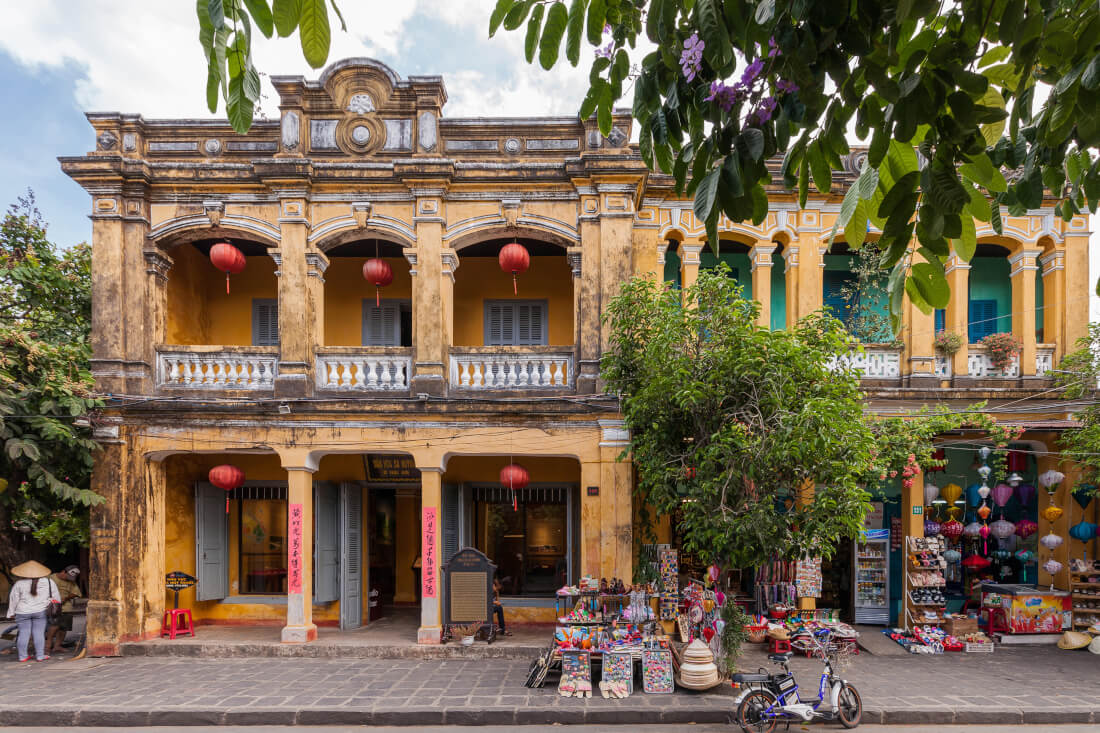
- General weather overview
June is one of the hottest months, with highs around 35°C and lows of 26°C. Rainfall increases modestly (about 99 mm, ~20 rain days), but sunshine remains decent with around 8 hours ...
Read more..
- General weather overview
July remains sweltering, with highs near 34°C and lows of 25°C. Rain remains moderate, around 85 to 90 mm, with about 8 to 9 rainy days. It's also the sunniest month with ~8 hours o...
Read more..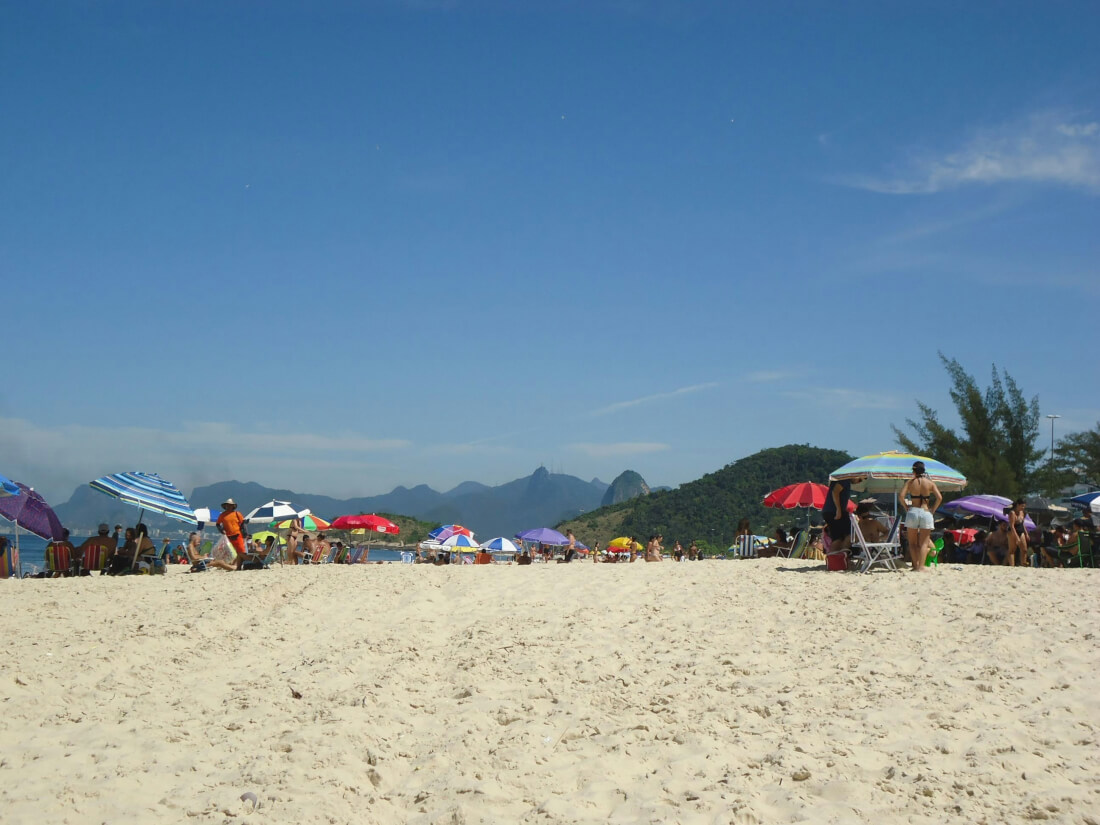
- General weather overview
August continues the pattern, with highs at 34°C and lows at 25°C. Rain falls around 104 mm with about 11 rainy days. Sunshine remains excellent, though slightly less at ~7 hours.
Read more..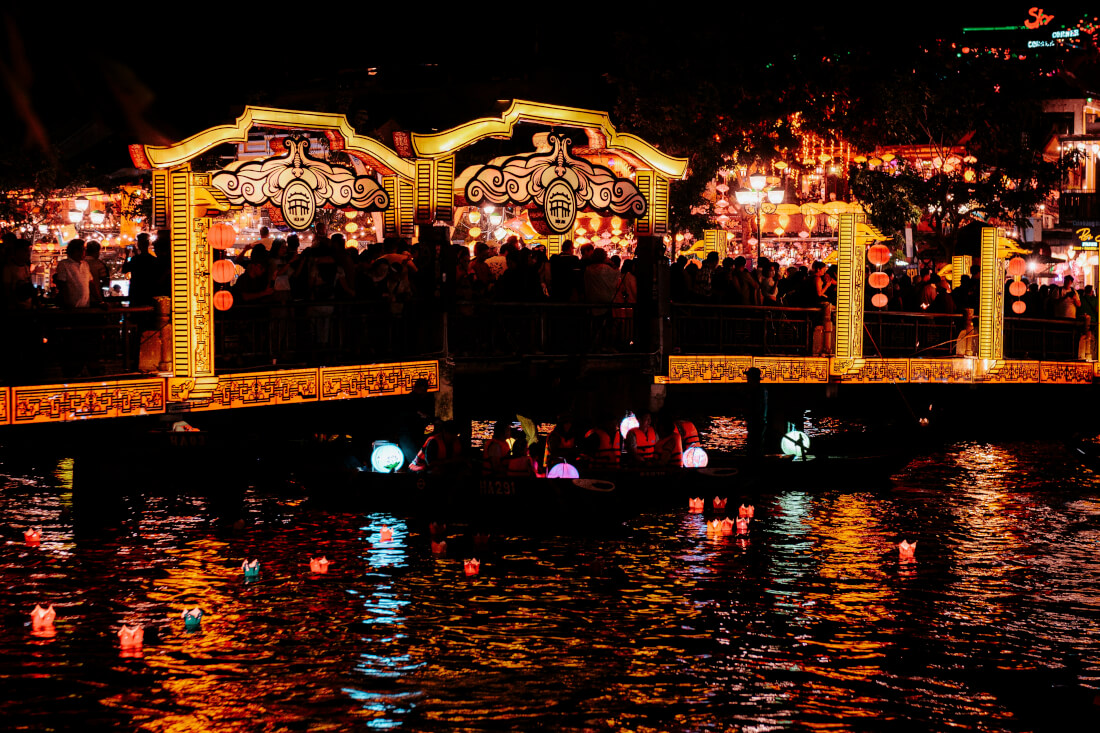
- General weather overview
The rainy season begins in September. Lows are 24°C, and highs are close to 32°C. Rainfall peaks at about 297 mm with 14 to 19 rainy days. Heavy showers and storms occur occasionall...
Read more..
- General weather overview
October is the wettest month, with average rainfall around 526 mm over about 15 to 21 rainy days. Temperatures are moderate, with highs reaching around 29°C and lows around 23°C.Typh...
Read more..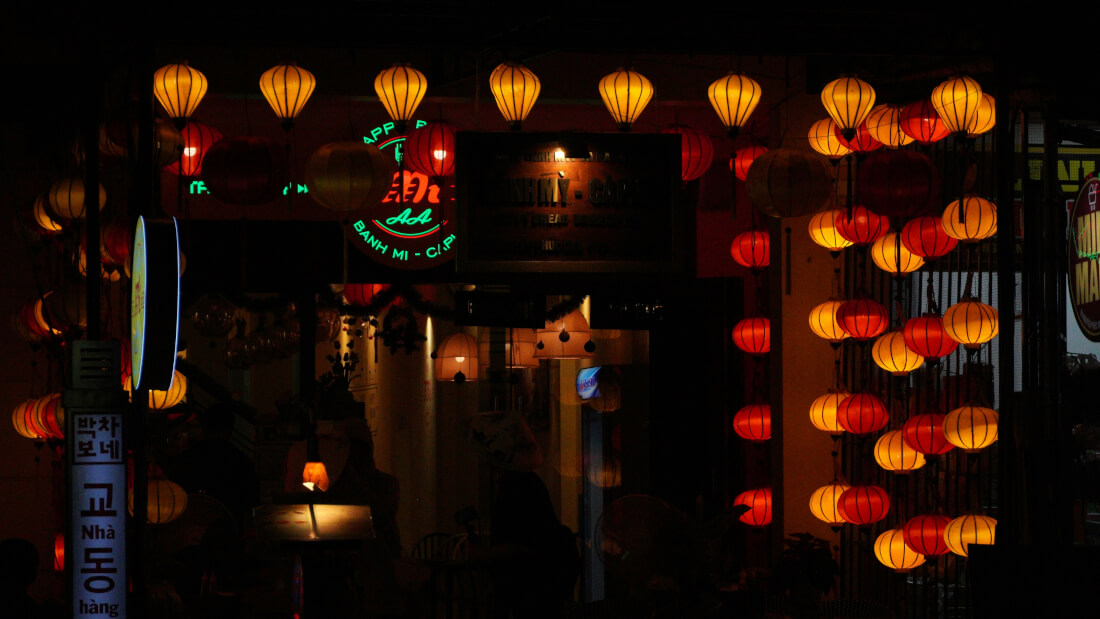
- General weather overview
There are still 20 rainy days and 363 mm of rainfall. The temperature continues to drop, reaching lows of 22°C and highs of about 28°C. There is still a possibility of flooding.
...Read more..
- General weather overview
After about 18 rainy days and 206 mm of rain, the rain starts to lessen. Lows are about 20°C, and highs are close to 25°C. The temperature drops and the atmosphere calms down.
Read more..Frequently Asked Questions (FAQs)
The best time to visit Hoi An is the month of February. With warm weather, low humidity, little rainfall, and abundant sunshine, it is perfect to wander the ancient streets, roam amidst lantern nights, and hit the beaches. It is part of the dry season, offering the best weather for sightseeing, cycling, and relaxing in outdoor cafes. Plus, there may be the Tet Festival, usually held in late January or February, which presents tourists with an opportunity to enjoy the paramount cultural festivities of Vietnam. February, therefore, ends up as the best month to pursue a perfect blend of comfort and culture in Hoi An.
Hoi An weather is generally warm and humid year-round, with two main seasons: dry and rainy. From February to August, the dry season offers sun-filled days, and temperatures between 25°C and 35°C promise fun days on beaches and outdoor activities. From September to January, it rains a lot more, flooding occasionally, and temperatures sit in between 20°C and 28°C, cooling things a little. The wet season may cause a minor issue, but the small town remains charming despite having fewer visitors. Therefore, the overall climate of Hoi An makes it a destination one can visit round the year but will add wings to your travel experience if you plan based on your climate preferences.
In Hoi An, the dry season usually lasts from February to the end of August. Warm weather, low humidity, and lots of sunshine make this time of year perfect for cycling, visiting the ancient town, and going to the beach. The dry season has temperatures between 25°C and 35°C, with particularly favourable weather from March to May. It's the ideal time of year to take part in outdoor activities and cultural festivals because there is very little rainfall. Hoi An’s weather during the dry season is at its most reliable, attracting travellers seeking clear skies and a relaxed atmosphere. It’s the perfect time for a sun-filled getaway.
In Hoi An, the rainy season normally lasts from September to January. During these months, Hoi An experiences high humidity, frequent showers, and sporadic storms. The months with the most rainfall are frequently October and November, which can occasionally cause floods in the town's low-lying regions. With fewer visitors and a calmer ambiance, Hoi An still has charm despite the rainy weather. The rainy season has temperatures between 20°C and 28°C. While experiencing Hoi An at a slower, more leisurely pace, those who don't mind the rain may still take advantage of the city's lively marketplaces, quaint cafes, and cultural events.
During summer, Hoi An gets pretty hot as the temperature ranges from nearly 28°C all the way to 36°C (82°F to 97°F). The peak of heat happens mostly during June, July, and August when the sun is rather strong and the humidity soars, or so one feels. Summer remains part of the dry season; thus, it hardly ever rains, and skies are mostly clear, ideal for outings by the beach or exploring the ancient town. Hoi An weather during this time is ideal for sun-seekers, but it’s best to plan outdoor activities in the early morning or late afternoon to avoid peak heat during midday hours.
No, it doesn't rain the whole day during the wet season in Hoi An. The rainy season, which lasts from September up to January, is truly capable of producing frequent showers, but they tend to be short and heavy and drip from the clouds mostly in the late afternoon or evening. Mornings and early afternoons are generally clear and good for touring and other leisurely activities. Yet, the heavy downpour would occur coupled with occasional flooding, especially in October and November. Hoi An weather during the wet season can be unpredictable, so it’s wise to carry an umbrella or raincoat. Despite the rain, the town retains its charm and offers a quieter, more relaxed atmosphere.
February through April are the best months to visit Hoi An because of the beautiful weather. Comfortably moderate temperatures (between 24°C and 30°C) are experienced during these months, along with low humidity and little precipitation. Without the extreme heat or torrential rain, it's the perfect time to enjoy Hoi An's historic alleyways, lantern-lit nights, and neighbouring beaches. Since the skies are typically clear, it's ideal for outdoor pursuits like river trips, cycling, and sightseeing. The weather in Hoi An is at its best during this time of year, with a perfect mix of mild breezes and sunshine that makes for an unforgettable trip.
Because of its tropical climate and coastline position, Hoi An is indeed a humid city. All year long, there is a high amount of humidity, particularly from September to January when it rains. The air can seem saturated even throughout the dry season, which runs from February to August, especially during the summer. At midday, when temperatures are at their highest, visitors could notice the humidity more. The town's allure and laid-back vibe endure despite the humidity. Hoi An weather combines warmth and moisture, so lightweight clothing, hydration, and breaks in shaded areas can help make your visit comfortable and enjoyable year-round.
Although it fluctuates a little throughout the year, Hoi An's typical nighttime temperature remains pleasant and temperate. The average overnight temperature during the dry season (February to August) is between 24°C and 28°C (75°F and 82°F), providing pleasant evenings for walks along the streets lit by lanterns. Temperatures drop slightly during the rainy season (September to January), from 20°C to 24°C (68°F to 75°F), particularly in December and January. Nights in Hoi An are rarely cold, which makes it ideal for taking in the town's lively night markets, dining by the river, and cultural events without wearing bulky clothing.
Certainly, visitors can visit Hoi An from September to January, which is the rainy season. Although the humidity is higher and showers occur more frequently, the rain typically falls in brief spurts rather than continuously. There are fewer tourists, cheaper costs, and a more tranquil setting to take in the town's charms if you travel during this period. It's advisable to have rain gear on hand and be ready for sporadic flooding, though. There are still plenty of indoor activities, comfortable cafes, and cultural events available. So, despite the wetter Hoi An weather, the rainy season can still offer a unique and rewarding visit.
During the visit to Hoi An, one should always be dressed for warmth and humidity. Clothing that is light and breathable, cotton or linen for instance, will keep one cool, especially in the hot dry season that is generally from February to August. Hats, sunglasses, and sunscreen form part of the essentials. During the rainy season, which lasts from around September to January, it is advisable to carry a light rain jacket or umbrella along with some quick-drying clothing. A pair of comfortable walking shoes or sandals is suggested while travelling across the old town and its neighbourhoods. Hoi An weather can be humid and unpredictable, so packing layers and staying prepared for both sun and showers will ensure a comfortable visit.
Although typhoons are not very common in Hoi An, they can occur from September to November when it rains. Hoi An, which is situated on the central coast of Vietnam, is periodically hit by typhoons and tropical storms that bring with them strong winds, a lot of rain, and the possibility of floods. Some typhoons can affect travel plans and outdoor activities, but the majority pass swiftly and don't cause significant inconveniences. Accommodations are ready for such occurrences, and local officials typically provide warnings beforehand. If you're travelling during this time of year, it's a beneficial idea to monitor weather predictions to have backup plans in case there are any last-minute cancellations or delays.
It is usually fine to walk about Hoi An in the afternoon, with added caution. Temperatures in the afternoon, especially from June to August, could rise to a stifling 36°C (97°F) with humidity, making it seem hotter. Some safety tips: wear light clothing, apply sunscreen, stay hydrated, and keep taking breaks in the shade or in air-conditioned quarters. Most visitors favour getting around early in the morning or late in the afternoon, when it is a bit cooler. Hoi An weather can be intense during peak summer hours, so listening to your body and avoiding extended exposure to direct sunlight will help ensure a comfortable experience.
It can be a good time to go to Hoi An in November, but some considerations must be taken. It is in the rainy season, and this month usually has the heaviest rainfall and sometimes flooding, especially in low-lying regions like the Old Town. However, the rains are in short bursts, and the charm of the town with fewer tourists, lower prices, and a tranquil vibe remains. So, if you do not mind some unpredictable weather and carry an umbrella, November is the time to experience tranquillity, spontaneity, and genuineness. If your sightseeing preference leans toward sunny days and beaches, then it is probably not the month to visit.
Yes, Hoi An's weather is often suitable for outdoor pursuits, particularly from February to August when it's dry. Warm temperatures, bright skies, and low humidity make this time of year perfect for cycling, boat cruises, beach relaxation, and Ancient Town exploration. Activities should ideally be scheduled in the early morning or late afternoon to avoid the worst of the heat, which typically ranges from 25°C to 35°C. Even while the weather is more erratic during the rainy season, which runs from September to January, there are still dry times that are ideal for sightseeing. Overall, Hoi An weather supports a wide range of outdoor experiences.














